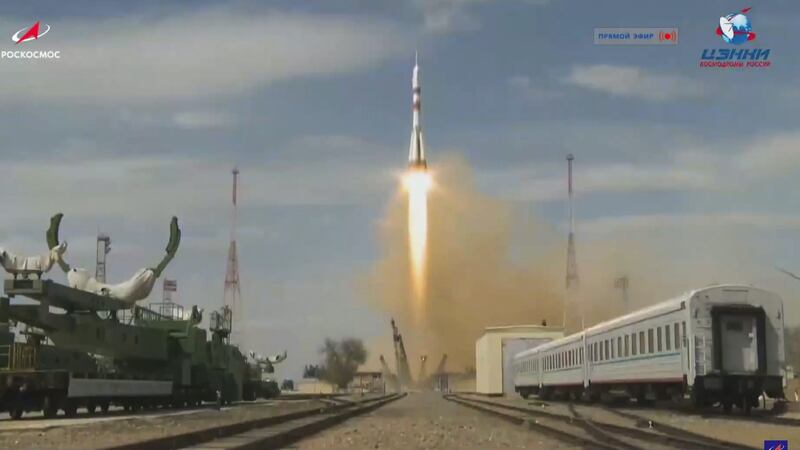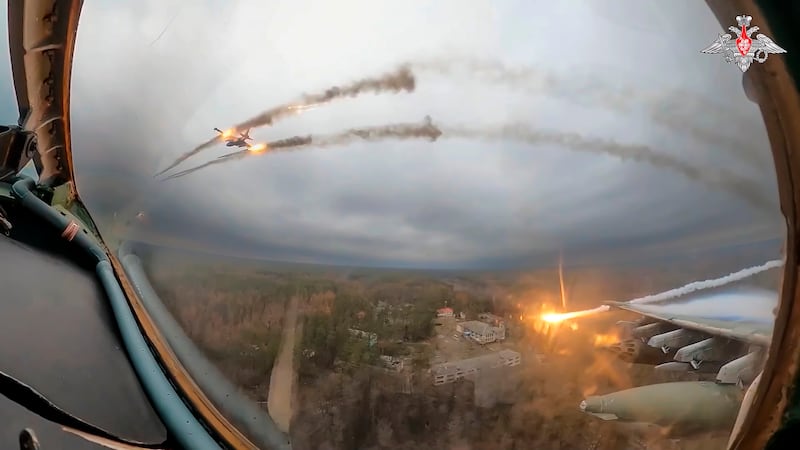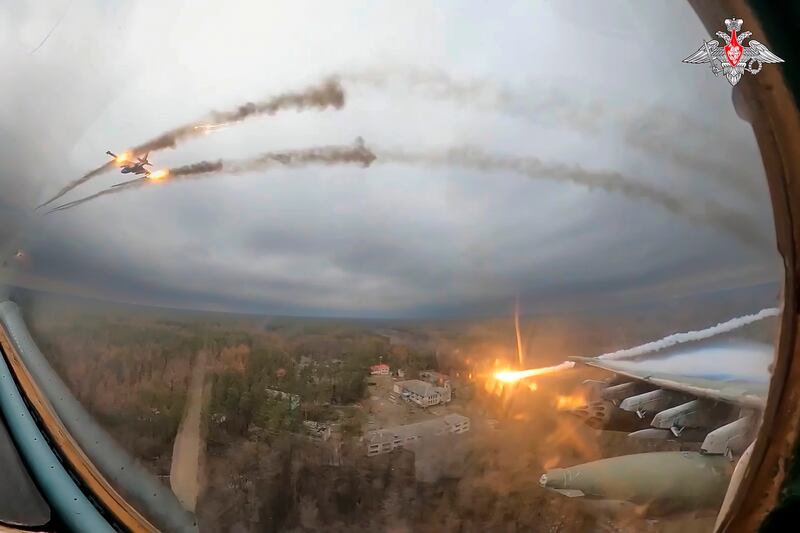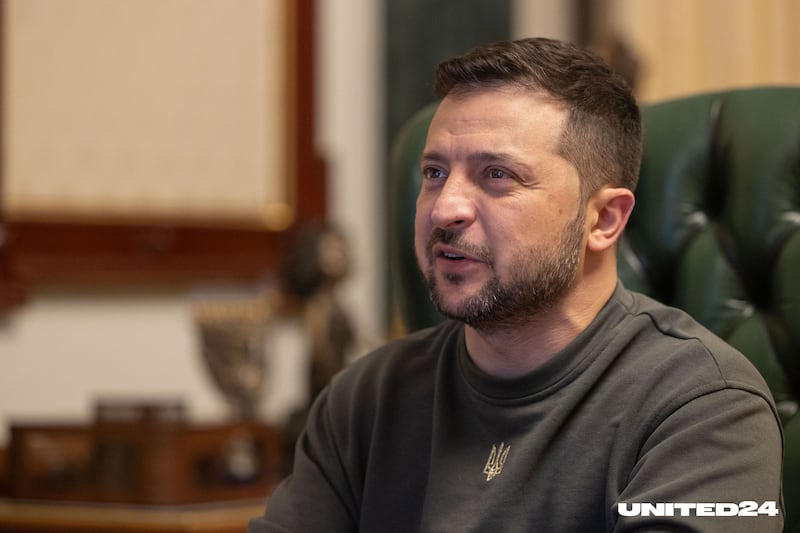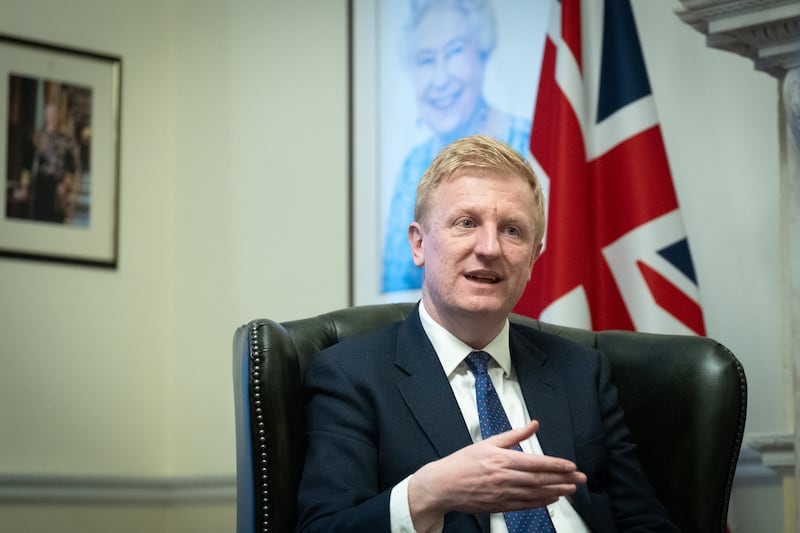A US-Russian space crew have blasted off to the International Space Station following a tight quarantine amid the coronavirus pandemic.
Nasa astronaut Chris Cassidy and Roscosmos cosmonauts Anatoly Ivanishin and Ivan Vagner lifted off as scheduled from the Russian-operated Baikonur cosmodrome in Kazakhstan.
Russian space officials have taken extra precautions to protect the crew during training and pre-flight preparations as the coronavirus outbreak has swept the world.
3-2-1… LIFTOFF! 🚀 Shooting into the sky at 4:05am ET, the Soyuz rocket carrying Chris Cassidy of @NASA_Astronauts and @Roscosmos cosmonauts Anatoly Ivanishin and Ivan Vagner left Earth for a six-hour journey to the @Space_Station. Watch: https://t.co/NkA30hHnBS pic.twitter.com/yLhN2DWmvH
— NASA (@NASA) April 9, 2020
Speaking to journalists on Wednesday in a videolink from Baikonur, Mr Cassidy said the crew had been in “a very strict quarantine” for the past month and are in good health.
“We all feel fantastic,” he said.
Commander Ivanishin also noted that extra measures have been taken to keep the crew healthy and safe before launch, adding that none of the crew have had any guests — no family or friends.
“We’ve been completely isolated at this final stage of training,” he said.
Roscosmos director Dmitry Rogozin said earlier this week that nine employees of the state corporation had tested positive for coronavirus. Roscosmos, which controls a sprawling network of production plants and launch facilities, has about 200,000 employees, he said.
As part of additional precautions, Roscosmos has barred reporters from covering the launch, contrary to usual practice.
Mr Ivanishin and Mr Vagner had trained as back-ups for two other Russians and were picked for the flight only in February after a member of the original Russian crew suffered an eye injury.
The International Space Station is currently operated by Russian Oleg Skripochka and Nasa astronauts Jessica Meir and Andrew Morgan, who are due to return to Earth on April 17.
